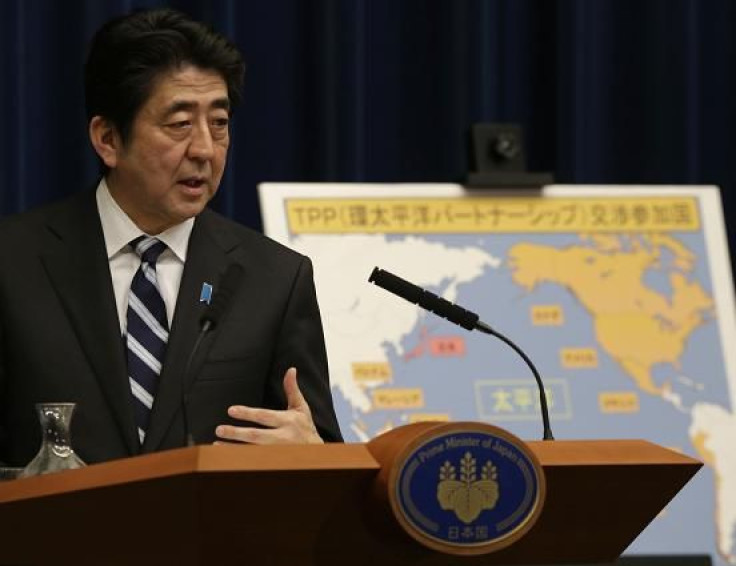Japan’s Govt Prepares To Ask Pension Funds To Review Investment Strategy As Part Of New Growth Plan

Japan’s government is expected to urge the nation’s public pension funds, as early as Wednesday, to increase their holding of risky assets, including foreign equities, as part of its new growth strategy, Reuters reported, citing people with knowledge of the matter.
The government is expected to up a panel in July to examine the investment strategies at public funds -- a pool of more than $2 trillion -- which, like other institutional investors in the country, have relied on safe government bonds in recent years, the Reuters report said.
The panel is likely to reach a conclusion as early as this autumn on investment strategy, which will allow funds to invest in alternative assets, including domestic and foreign infrastructure, and will urge implementation of the new investment guidelines by public funds, no later than April 2015.
The country’s central bank unleashed an aggressive stimulus program in April to restore economic growth and spur inflation in the world's third-largest economy to 2 percent in two years’ time.
Since then, Japan’s Nikkei has climbed to multi-year highs but doubts remain whether the gains can be sustained in the long run. The Nikkei has now fallen 16 percent from a 5-1/2 year peak reached on May 23.
Japan's economy grew faster than expected in the January-March quarter with GDP rising an annualized 3.5 percent. This growth, which is the fastest in a year, was spurred by the monetary and fiscal stimulus espoused by Prime Minister Shinzo Abe.
However, much of this growth has come from government spending and other public works, and the data showed no pick-up in corporate investment or in prices while an increase in private spending was mainly attributed to the sale of luxury goods.
The policy shift will follow a bid to support government stimulus that aims to get Japan’s ailing economy out of a two-decade long slump. It will seek to shift funding from the government to the private sector, and spur more consumer spending and corporate investment.
Japan’s $1 trillion Government Pension Investment Fund, or GPIF, which has followed a conservative strategy in recent years, will be in focus as the more aggressive strategy will be applied to GPIF and it would be the fund’s most significant shift since 2006.
GPIF manages a portfolio that, as of December 2012, held 60 percent in domestic bonds and 13 percent in foreign equities. Recent reports from Reuters showed that the fund itself considering a more flexible approach that would allow a greater investment in shares in rallying markets.
© Copyright IBTimes 2024. All rights reserved.











